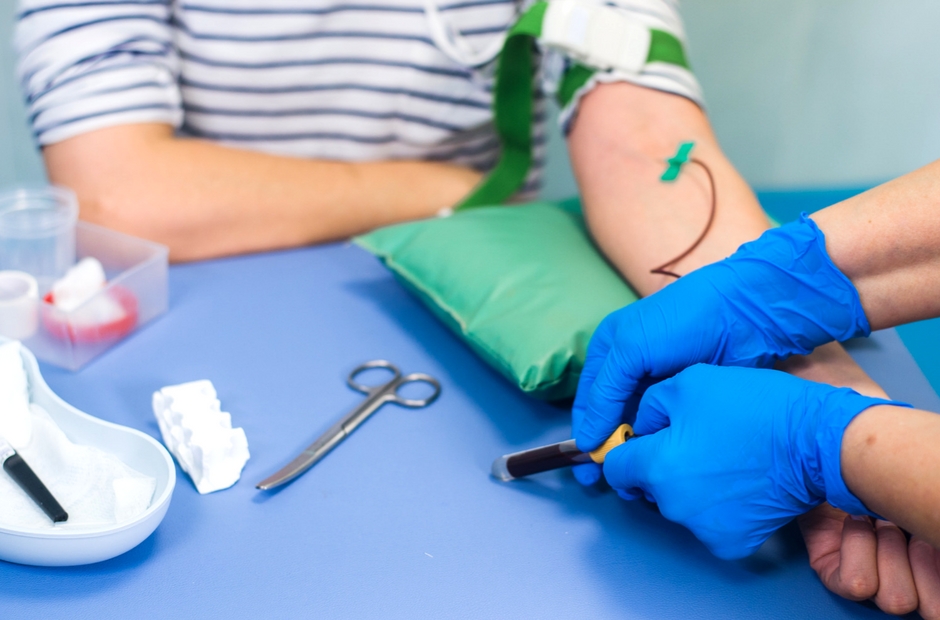**Title: Phlebotomy vs. Medical Assistant: Which Healthcare Career Path is Right for You?**
**Introduction:**
Are you interested in pursuing a career in the healthcare industry but are unsure whether to become a phlebotomist or a medical assistant? Both career paths offer unique opportunities to work directly with patients and play a crucial role in delivering quality healthcare services. In this article, we will compare and contrast the roles of phlebotomists and medical assistants to help you decide which career path is the right fit for you.
**Phlebotomy:**
Phlebotomists are healthcare professionals who specialize in drawing blood from patients for medical testing, transfusions, donations, or research. Some key responsibilities of a phlebotomist include:
– Greeting patients and explaining the blood-drawing process.
– Identifying patients and labeling blood samples correctly.
– Drawing blood using various techniques and ensuring patient comfort.
– Properly handling and storing blood samples for analysis.
**Medical Assistant:**
Medical assistants are essential members of healthcare teams who perform both administrative and clinical tasks to support healthcare providers in various medical settings. Some key responsibilities of a medical assistant include:
– Taking patient medical histories and vital signs.
– Assisting physicians during examinations and procedures.
– Administering medications and injections as directed.
– Scheduling patient appointments and updating medical records.
**Phlebotomy vs. Medical Assistant:**
When deciding between a career in phlebotomy or medical assisting, consider the following factors:
1. Education and Training:
– Phlebotomy: Typically requires a short-term training program (4-8 weeks).
– Medical Assistant: Requires completion of a formal education program (1-2 years) leading to a certificate, diploma, or associate degree.
2. Job Outlook and Salary:
– Phlebotomy: Job growth is expected to increase by 25% from 2020-2030, with a median annual wage of $36,480.
– Medical Assistant: Job growth is projected to increase by 19% from 2020-2030, with a median annual wage of $35,850.
3. Career Advancement:
– Phlebotomy: Opportunities for advancement may include becoming a phlebotomy supervisor or pursuing further education in related healthcare fields.
– Medical Assistant: Opportunities for advancement may include specializing in a specific area of medicine or pursuing advanced certifications.
**Benefits and Practical Tips:**
– Both phlebotomy and medical assisting offer rewarding career paths with opportunities for professional growth and job stability.
– To determine which career path is right for you, consider your interests, skills, and career goals before making a decision.
– Gain relevant experience through internships, volunteering, or shadowing to explore the day-to-day responsibilities of each profession.
**Conclusion:**
whether you choose to become a phlebotomist or a medical assistant, you will play a vital role in delivering quality healthcare services to patients. Both career paths offer unique opportunities for personal and professional growth, so take the time to explore each option and make an informed decision based on your interests and goals. Whichever path you choose, remember that a career in healthcare is both rewarding and fulfilling, and you will make a positive impact on the lives of others.
By considering the differences between phlebotomy and medical assisting, you can determine which healthcare career path is the right fit for you. Good luck on your journey to a fulfilling and successful career in the healthcare industry!
